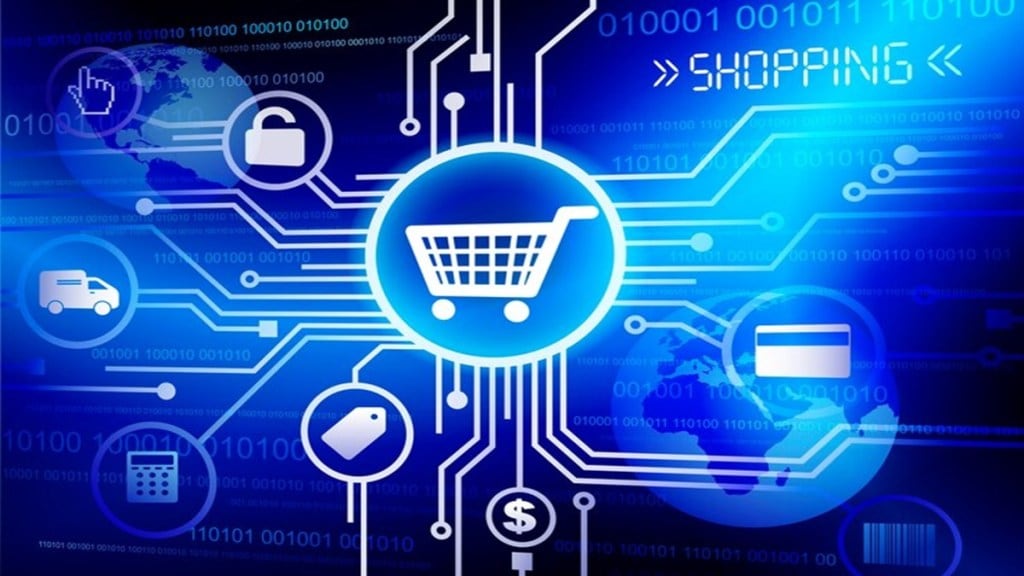By Arsh Kabir Singh Gujral
With competition intensifying by the day, the need to build brand loyalty through experiential retail has become a matter of strategic necessity. The game in retailing has boiled down to emotions. How? Sample the numbers. Buyers who are emotionally connected with the brands spend 2.5 times more money annually than normal buyers. Further, the lifetime value of these customers is a staggering 306% higher which means brands are better off with a smaller base of loyal customers than having hordes of flickering buyers. However, the most important benefit of deeply bonded customers is their solid loyalty towards brands. As loyal customers recommend brands at a 58% higher rate, brands can successfully use word-of-mouth marketing to attract new customers. With so many benefits on offer, here’s how experiential retail can build brand loyalty by delivering immersive experiences to the target market:
a) Elevating Perception: An experiential retail strategy aims to enhance the perception of the brand in the customers’ minds. Consider the example of PepperFry Limited, India’s leading online marketplace for Furniture and home decor. The brand rose to prominence through its D2C strategy and created a solid perception through its exquisitely designed retail stores. Customers can check the items on the company’s website and before placing the order can experience the product at their physical stores. The combination of online and offline retail has helped the brand associate positively with the target market and set itself apart from competing labels. As the chances of selling to an existing buyer range from 60-70%, this enhanced brand perception is proving enormously beneficial for building brand loyalty for Pepperfry.
b) Boosting Engagement: Immersive experiences are wonderful for engaging buyers and turning their shopping experience into unforgettable memories. The use of Interactive designs, exclusive events, and product demonstrations to take customer engagement to the next level is recommended. Studies have also shown that offering phygital experiences to customers while ensuring hassle-free delivery, exchange, and return wins retailers more patronage from their target audiences. Further, retailers can build their offerings around social causes, sustainability issues, and holistic development to engage with customers at a higher pedestal.
c) Connecting Emotionally: Ever wondered why big stores spend millions of dollars to associate with Disney, McDonald’s, or Nike? Well, the answer is the emotional connection that these brands enjoy with customers. As Gallup found that 70% of decisions including the preference for a specific brand are driven emotionally, connecting with buyers emotionally today has become a matter of strategic prominence. Personalised recommendations, customised styling, and tailored features can help retailers connect emotionally with customers. Further, the use of digital loyalty programs along with omnichannel support can also prove conducive to striking an emotional connection between brands, retailers, and customers.
d) Deriving Insights: Experiential retail is great for gathering customers’ data and deriving insights about their specific choices and preferences. Retailers use various methods including feedback, loyalty programs, and point-of-sales data to gather customer insights and accordingly elevate their offerings. Getting a peek into consumer behaviour is also crucial for brands to get a 360-degree view of their customers and compare their products against the competing labels. The use of modular architecture can prove significant here as the approach facilitates improved iterations with greater speed and agility.
Experiential retail is about creating immersive experiences so that customers feel a special connection with the brands. This bond, in turn, helps brands foster loyalty to achieve the long-term sustainability of their businesses. In addition, experiential retail also focuses on creating authentic customer experiences and building a strong community of buyers using data, technology, and analytics. Remember, building brand loyalty is a hard grind and demands honest, transparent, and long-term efforts on the part of brands, retailers, and associated stakeholders. While the process is tenuous but results are so wonderful and exceptional that it’s worth all the effort.
The author is CRO at Genefied. (Views expressed are the author’s own and not necessarily those of financialexpress.com)


